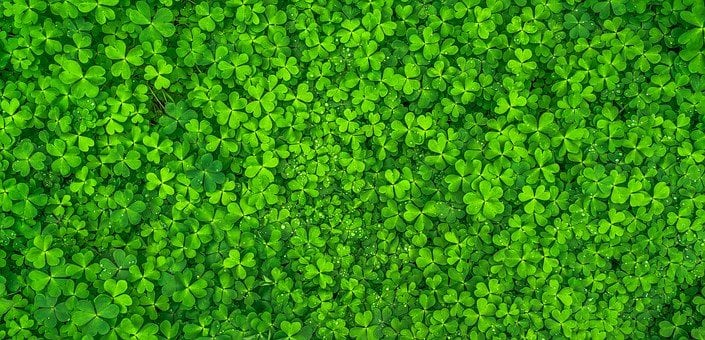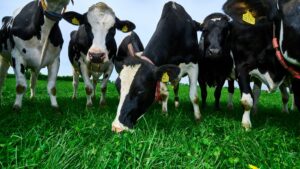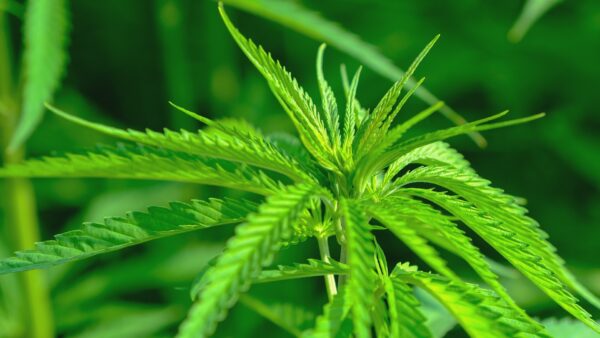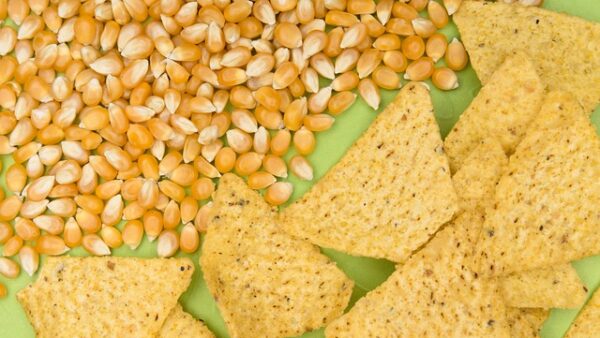While most animal farmers produce their own forages, few of them are self-sufficient in protein supply and rely heavily on imported soyabean. Infamous for being managed under conditions few would characterize as sustainable; soyabean is by many farmers regarded as a needed but not loved import.
As I explained in one of my previous Insiders, beef and dairy farmers can, to a very large extent fulfill their protein requirement by growing clover or lucerne as part of their forage. What about pig- or chicken farmers? Monogastric animals do not normally eat forages, since their gut microflora is incapable of breaking down cell wall components. But large Danish research programs (www.biovalue.dk; OrganoFinery) now seek to establish methods that can extract crude protein from forage ready for monogastric animal feed.
The rationale behind these investigations rests upon the following facts:
- Conversion of land currently occupied with annual cereal production to perennial grass or grass/clover production would significantly reduce greenhouse gas emission and costal N-leaching
- The amino acid composition in grasses and clovers grass resembles to a greater extend what pigs and chicken need than what can be found in soyabean
- Present biorefinery techniques are capable of extracting 45% crude protein from forage in a paste having protein content in the range of 47% of dry matter, similarly to the protein content of soyabean meal
- Remaining fiber fraction contains about 17% protein and can be utilized as ruminant feed
- With a combination of high yielding forage grass- (perennial ryegrass, tall fescue, festulolium) and clover varieties it is possible to harvest up to 14 ton DM/ha or 2,500 kg total protein/ha
- A clover-grass forage crop is sustainable with low-input requirements of fertilizers and pesticides and it leaves the soil more fertile in a crop rotation, improving the yields of other crops
- In pure stand, some festulolium varieties have produced more than 20 ton DM/ha when optimally fertilized
The obstacles for converting cereal into forage grass production lies in the current protein extraction technique and the associated logistic challenges. The major challenge is that protein degradation starts within a few hours after harvest and will continue until protein has been broken down into free amino acids and small peptides and protein residues. This means that freshly harvested grass either has to be processed on-site or transported immediately to a processing plant. The latter solution is currently not economically feasible as most forages contain 70-80% water. So, we are currently waiting for a scientific breakthrough in green matter processing that will allow storage for a longer time. Ensiling, which is the common forage preservation method results in the same degradation. However, this type of preservation is currently being investigated as a future option in a large Finnish research initiative INNOFEED.
Denmark has one of the world’s largest production of pigs and chickens per capita and our current soyabean import amounts to 1 M ton. With protein yields as described above; we need no more than 400,000 ha of arable land to be self-sufficient in protein. The fact that such a conversion comes with great environmental- and climatic benefits makes it a scenario absolutely worth going for. Some of the derivatives from grass biomass may also be suitable for a number of other high-end products, such as bio-ethanol and fiber composites, but that’s for another story. A new Danish report: Green Biomass – Protein Production through Bio-refining summarizes our present knowledge on the bio-technical as well as economic issues in relation to value creation of green biomass in Denmark









